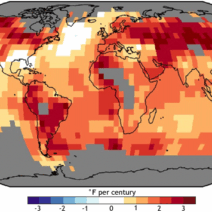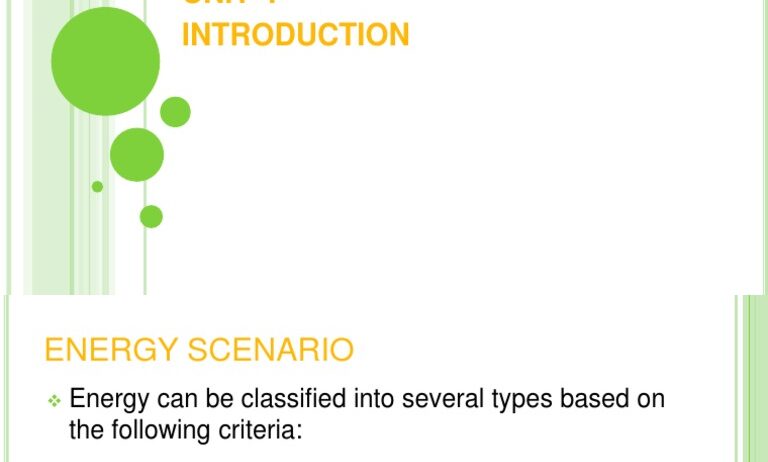Thermal energy conservation is an increasingly crucial aspect in the context of climate change and sustainability. By using practical strategies, we can significantly enhance thermal efficiency in various everyday systems. This article will expound upon the principles of conserving thermal energy, the types of systems affected, and methods for improvement.
To commence, it is pivotal to understand what thermal energy is. Thermal energy relates to the internal energy present in a system due to the kinetic energy of its particles. It manifests in everyday life in diverse forms such as heating systems, automobiles, and industrial processes. Conserving this energy not only alleviates environmental strains but also fosters economic savings.
One of the primary domains where thermal energy conservation proves significant is in residential heating and cooling systems. Central heating and air conditioning units are vital for maintaining comfort but are also among the most substantial energy consumers in households. Implementing programmable thermostats can optimize heating and cooling schedules, thereby reducing unnecessary energy expenditure. Furthermore, sealing gaps and enhancing insulation in walls, ceilings, and floors can mitigate heat loss or gain significantly, rendering the system more efficient.
Another essential aspect involves appliance efficiency. Modern appliances are designed with energy-saving technologies. When selecting new appliances, consumers should look for those labeled with high energy efficiency ratings. Utilizing dishwashers and washing machines on full loads and at lower temperatures can drastically decrease thermal energy consumption. Additionally, air-drying clothes instead of using dryer machines can save both electricity and thermal energy.
Hot water systems represent another critical area for thermal energy conservation in everyday life. Water heating consumes a considerable amount of energy. Insulating hot water tanks and pipes can help maintain temperature, reducing the demand for reheating and thereby conserving energy. Additionally, installing low-flow fixtures can minimize hot water usage in showers and faucets. Regular maintenance of the hot water system, including descaling and checking for leaks, is essential for optimal performance.
In commercial buildings, thermal energy conservation can be enhanced through the implementation of advanced building management systems (BMS). These systems remotely control heating, ventilation, and air conditioning (HVAC) units based on real-time occupancy data and environmental conditions. Such technologies exemplify a burgeoning trend toward intelligent infrastructure capable of minimizing energy waste. Moreover, adopting passive solar designs in architecture can optimize natural heating and cooling, reducing dependence on mechanical systems.
Furthermore, industrial processes are significant consumers of thermal energy. Techniques like heat recovery systems capture wasted heat from processes and recycle it back into the system, enhancing overall energy efficiency. The use of combined heat and power (CHP) systems is another avenue to optimize thermal energy use. CHP systems simultaneously generate electricity and useful heat from the same energy source, dramatically improving energy utilization rates.
Cogeneration and trigeneration are advanced methods to consider as well. These technologies maximize the use of fuel by generating electricity, heat, and cooling simultaneously. They represent highly efficient options for large-scale energy consumers, such as factories and large commercial enterprises.
In the realm of transportation, the conservation of thermal energy can lead to substantial reductions in fuel usage. Automobiles are notorious for their energy inefficiency due to heat losses during combustion processes. Innovations in electric and hybrid vehicles, which utilize thermal energy more effectively, signify a pivotal shift toward energy conservation in transport. Regular vehicle maintenance is also paramount; ensuring proper tire inflation and timely oil changes can improve fuel economy and reduce energy waste.
In the agricultural sector, adopting modern irrigation techniques can conserve not only water but thermal energy as well. Drip irrigation systems optimize water delivery to crops, reducing the energy required to transport and heat water. Additionally, employing greenhouses can create controlled environments that maintain optimal thermal conditions for crop growth. The utilization of thermal mass in the form of stone or water can regulate temperature fluctuations, leading to reduced heating needs.
Awareness and education play an indispensable role in thermal energy conservation. Communities can benefit from energy audits that assess and identify areas for improvement in thermal efficiency. Local governments can provide incentives for energy audits and the installation of efficient systems, promoting widespread adoption of energy-saving technologies.
Lastly, policy initiatives at local, national, and international levels are fundamental for promoting thermal energy conservation. Regulatory frameworks can set higher energy efficiency standards for buildings and appliances, providing a foundation for mass adoption of best practices. Partnerships between governments, industries, and communities can foster innovation and implementation of thermal conservation measures.
In conclusion, conserving thermal energy in everyday systems can offer myriad benefits, encompassing environmental sustainability and economic savings. By understanding the principles and various strategies available, individuals and organizations can take significant steps toward reducing energy consumption. The combined efforts of home users, industries, and policymakers are essential to initiating a comprehensive transition to a more sustainable future.







